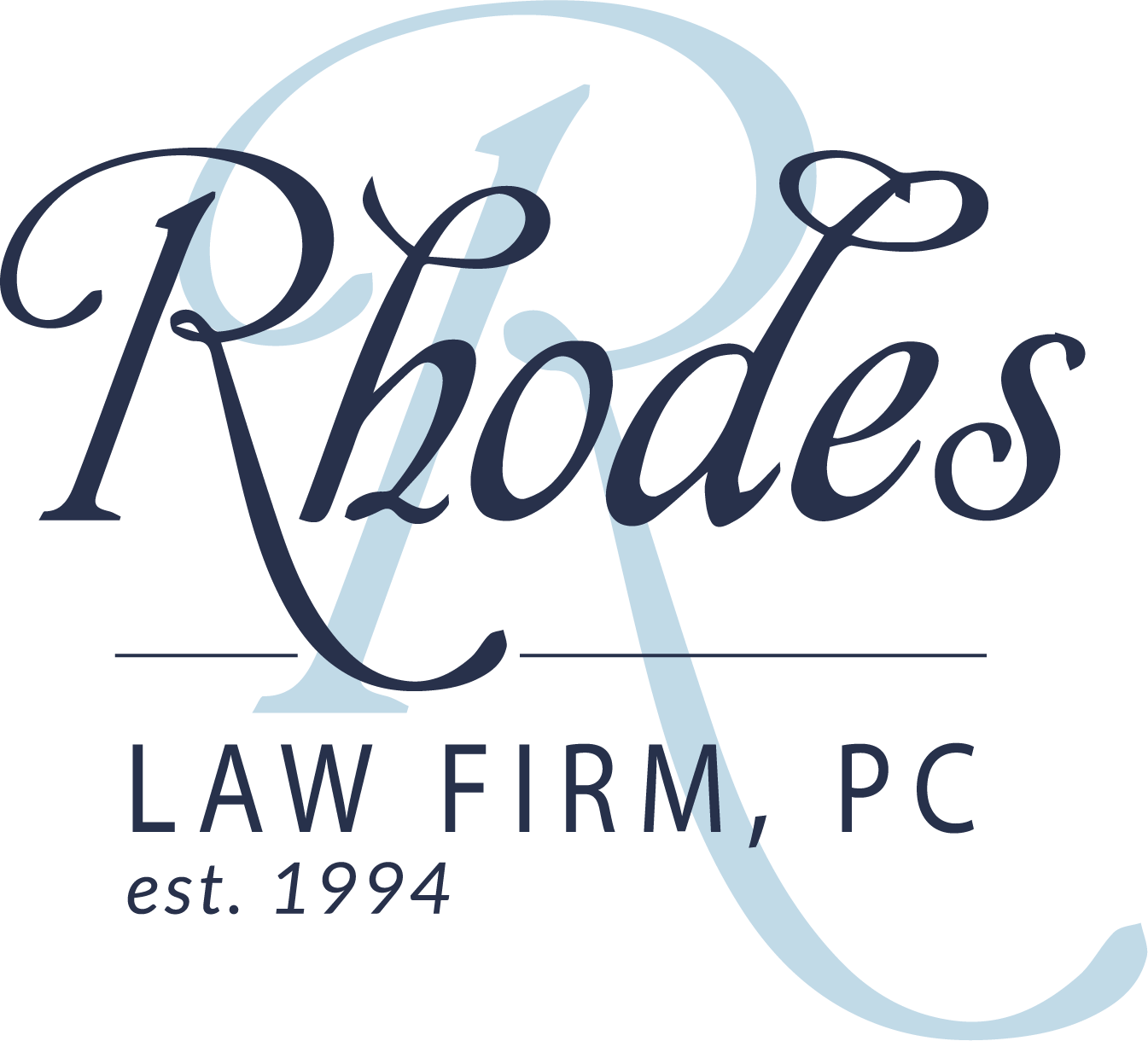Blog

Oct
There are many types of trusts out there. Here are 6 basic types of trust documents that may be used for your estate plan.
Don’t worry. There’s no need to feel intimidated by the estate planning task.
Even if you have zero legal background or know-how when it comes to estate planning, we’ve got your back with this simple guide to each basic type of trust document you can choose from.
The Basics of Trusts
If you’re looking to create an estate plan, get started now as you can create a trust while you are alive and it will survive your death.
You can make up a trust in your will to be formed upon your death.
Basically, a trust is a right in property that is held in a “fiduciary” relationship by one party to benefit another.
For those who may be very new to any legalese here’s a quick breakdown of two important terms to familiarize yourself with before embarking on the task of estate planning:
1. Trustee- An individual or member of a board who is given control or administration powers over a property in a trust. They are legally obliged to administer that property solely for the purposes it was specified for.
2. Beneficiary- The person who benefits from the trust.
6 Types of Trust Documents for Your Estate Plan
While there are several types of trust documents, the two main categories are irrevocable and revocable.
From there, you can delve into more specified types of trust documents as listed below.
1. Gifting Trust (Irrevocable)
Often, these trusts are created to benefit family members, though sometimes unrelated parties may also be listed as beneficiaries.
Simply, a gift in trust, is a separate legal entity created to hold and receive gifts of property. This is another great method for reducing the taxable estate of the person giving the gift, (the donor).
Both the “gift,” and any future value of that property, is excluded from the donor’s taxable estate.
Gifts are given to a trust instead of straight to an individual so that the assets can be protected and distributed evenly as desired to beneficiaries, so they are saved from taxation, and to enable better financial planning.
Having a gifting trust created can speed up annual exclusion gifts to diminish a taxable estate faster.
2. Living Trust (Revocable)
In a living trust, your property is put into a trust during your life to benefit you and then transferred to your chosen beneficiaries upon your death.
The individual in charge of ensuring that transfer of assets is completed correctly is called a successor trustee.
One great benefit of a living trust is that it avoids probate, unlike simply having a will (that does require probate before assets are distributed). This can mean your beneficiaries receive their allotted assets more quickly.
A living trust may also save you money in the long run as your assets will not require time and expense that comes with going through probate. However, when you have your living will created, it does require a bit more than a will.
You must complete separate paperwork for a living trust, as opposed to a will, to transfer stocks, bonds, certificates, and bank accounts to the trust.
Sometimes considered a tax-bypass trust, a living trust is excellent for spouses who want to leave money to their spouse, but limit the amount of federal estate tax their spouse pays when the trust maker dies.
However, when that surviving spouse dies as well, the remaining assets above and over the exempt limit can be taxable to the couple’s children.
This can potentially lead to hundreds of thousands of dollars in taxes laid upon the children as that tax rate can reach as high as 55 percent. Luckily, a tax by-pass trust will prevent this and protect the children from taxation.
3. Asset Protection Trust (Irrevocable)
The main purpose of an asset protection trust is to ensure your possessions and assets are safe from any future creditor attack. It has all the benefits of a Living Trust, but it has the added protection of the assets from creditors INCLUDING long term care expenses. If set up properly, the creator of the trust can qualify for long term care government benefits. To gain protection, there has to be some sort of limitation to access to the assets, which differs for each situation. This trust also needs to be set up several years before the government benefits could apply, so pre-planning is necessary.
Asset protection trusts are usually set up in such a way so that they are irrevocable for a specified number of years, thus inhibiting the trust maker from being a beneficiary.
When the irrevocable number of years pass, the trust maker receives any undistributed assets back if there is no current risk of creditor attack.
4. Charitable Trust (Irrevocable)
A charitable trust ensures benefits to a specific charity or to the general public. Charitable trusts are helpful when tax time rolls around, as they often lower what you could pay for gift or estate taxes.
You can even do a charitable remainder trust. This can be funded during your lifetime and is useful for financial planning and the receipt of certain benefits to the trust maker.
5. A Life Insurance Trust (Irrevocable)
This type of trust is non-amenable and is created for those who are both the beneficiary and owner of one or several life insurance policies.
This basically means when the individual who is insured passes away, the trustee invests the insurance funds and administers the trust to beneficiaries.
If your trust owns insurance for a married individual, the non-insured spouse and any children are typically your beneficiaries.
You may also create the trust in a “second-to-die” method where children become beneficiaries only upon the death of both spouses.
The Life insurance trust is unusually used so that the life insurance proceeds are outside of an individual’s estate for estate tax purposes.
6. Special Needs Trust (Irrevocable)
If you have a loved one with special needs, you probably know that might qualify for certain governmental benefits or assistance.
Creating a trust with this loved one as a beneficiary is potentially tricky if you wish to include them as a beneficiary without hurting the benefits or assistance they receive from the government.
If this is your wish, then create a special needs trust. This is completely legal under the Social Security rules if the beneficiary cannot control the amount or frequency of the trust distributions.
This type of trust is especially useful for parents or guardians of a special needs child to ensure their child continues to receive all needed help and benefits if the parents or guardians pass away.
Start Your Estate Plan Today
Now that you have a basic understanding of the various types of trust documents you can create in your estate planning, get started today by finding an experienced attorney.
Become even more educated on estate planning and will creation by watching our free mini-workshops online.
